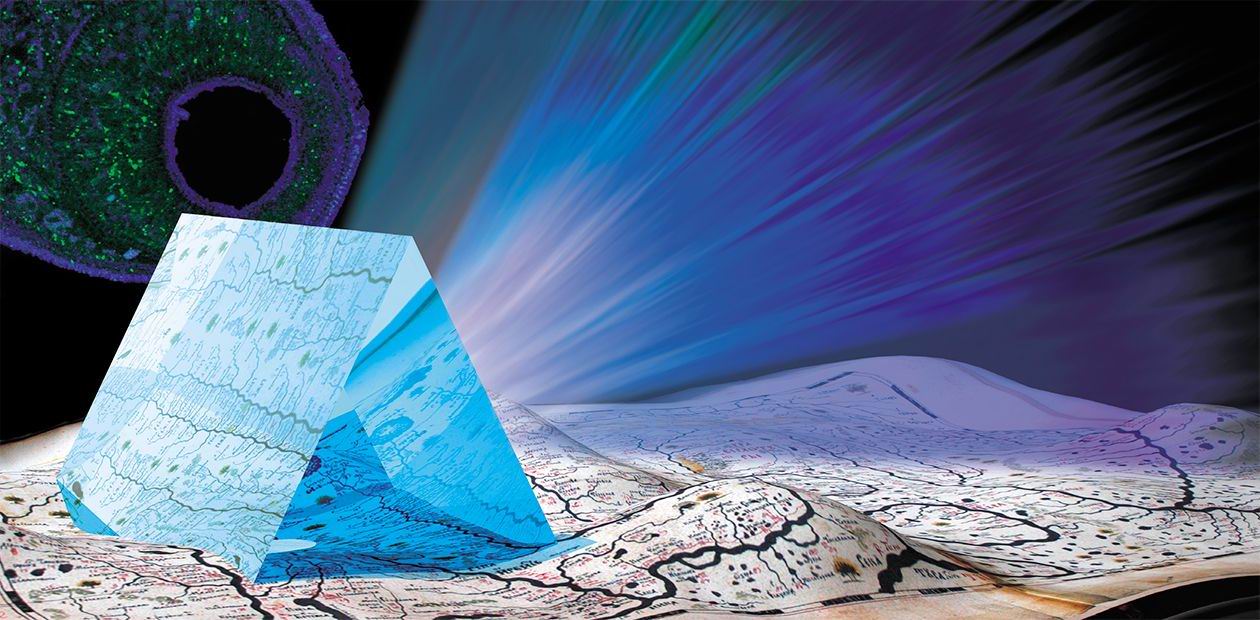Opisthorchiasis through the Prism of Genome
Over the century since the liver fluke Opisthorchis felineus was discovered, this parasite has been in the focus of constant and committed attention of many prominent scientists: morphologists, zoologists, parasitologists, and physicians examined it through the eyepieces of microscopes. They have succeeded in ferreting out many of its secrets: its intricate lifecycle has been clarified, its amazingly vast area has been mapped, and a variable pattern of the disease it causes has been described… Yet this parasite in many respects remains a puzzle for researchers. Geneticists today believe that the clue can be found in its own DNA. The genomics and proteomics project, being launched at the Siberian Branch of the Russian Academy of Sciences, is aimed at “getting its genome into talk” and solving the mysteries encoded in the language of nucleic acids and proteins
WHAT WE KNOW ABOUT OPISTHORCHIASIS TODAY
The disease caused by the liver fluke Opisthorchis felineus is found on the area comparable with the territory of the African continent
In the largest Ob-Irtysh opisthorchiasis focus, humans, in addition to O. felineus, are also affected by the liver trematode Metorchis bilis. As for the other liver flukes living here, the question is still open
Some water bodies in the Ob-Irtysh river basin are free from liver flukes (among them the Malye Chany Lake in the Novosibirsk oblast). Why this happens is still a mystery
A mere light microscope is the right hand of research parasitologists and laboratory physicians, who diagnose the disease according to the presence of liver fluke eggs
A complex lifecycle of the liver trematodes has been comprehensively studied by parasitologists. However, genetic control of their reproduction and stability in various hosts is yet vague
Opisthorchiasis is a systemic disease affecting all systems of the body. Correspondingly, the absence of knowledge about the key genes and proteins of this parasite involved in opisthorchiasis development prevent from determining the targets for new vaccines and drugs
GOALS OF THE PROJECT
The first project on sequencing of a eukaryotic genome of multicellular organism in Russia will be implemented
Examination of the O. felineus genome will allow applying the state-of-the-art microarray methods to diagnose of opisthorchiasis
The precise DNA diagnostics will make it possible to distinguish between the parasitic species and improve both the treatment methods and the medical and epidemiological monitoring of natural opisthorchiasis foci
The study of parasite-host relationships at a gene level will allow the risk groups to be defined and the “gene maps” of opisthorchiasis patients to be constructed
The information about O. felineus genes and the structures and functions of its proteins will form the background for designing new test kits, pharmaceuticals, and vaccines
A new center for large-scale genome sequencing with the appropriate equipment and trained staff —a modern base for new genomics and proteomics research—will be organized with the Siberian Branch of the Russian Academy of Sciences













